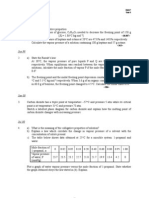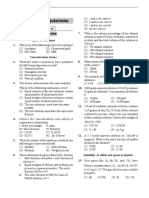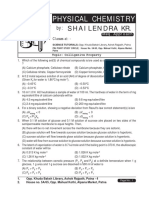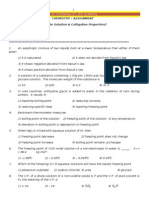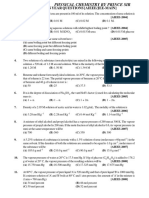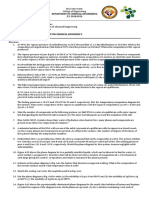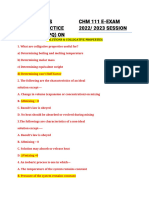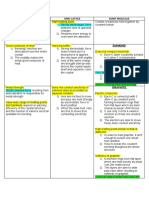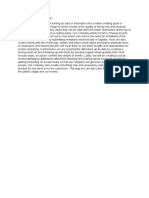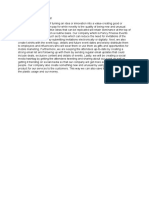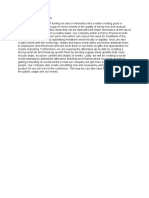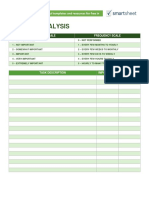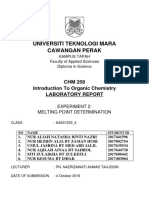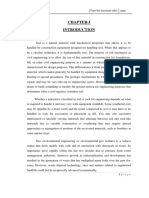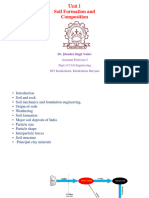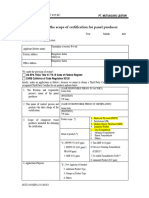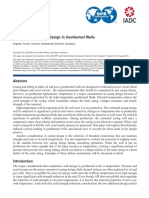0% found this document useful (0 votes)
253 views5 pagesTutorial Chapter 5
This document contains a tutorial on phase equilibrium with 11 multiple choice questions covering concepts like phase diagrams, number of phases in mixtures, properties of solutions, Raoult's law, freezing point depression, and azeotropes. It also includes a short question defining Raoult's law and asking for examples of mixtures that obey it.
Uploaded by
Nur Aqilah Ainaa Binti SahrolCopyright
© © All Rights Reserved
We take content rights seriously. If you suspect this is your content, claim it here.
Available Formats
Download as PDF, TXT or read online on Scribd
0% found this document useful (0 votes)
253 views5 pagesTutorial Chapter 5
This document contains a tutorial on phase equilibrium with 11 multiple choice questions covering concepts like phase diagrams, number of phases in mixtures, properties of solutions, Raoult's law, freezing point depression, and azeotropes. It also includes a short question defining Raoult's law and asking for examples of mixtures that obey it.
Uploaded by
Nur Aqilah Ainaa Binti SahrolCopyright
© © All Rights Reserved
We take content rights seriously. If you suspect this is your content, claim it here.
Available Formats
Download as PDF, TXT or read online on Scribd
/ 5

